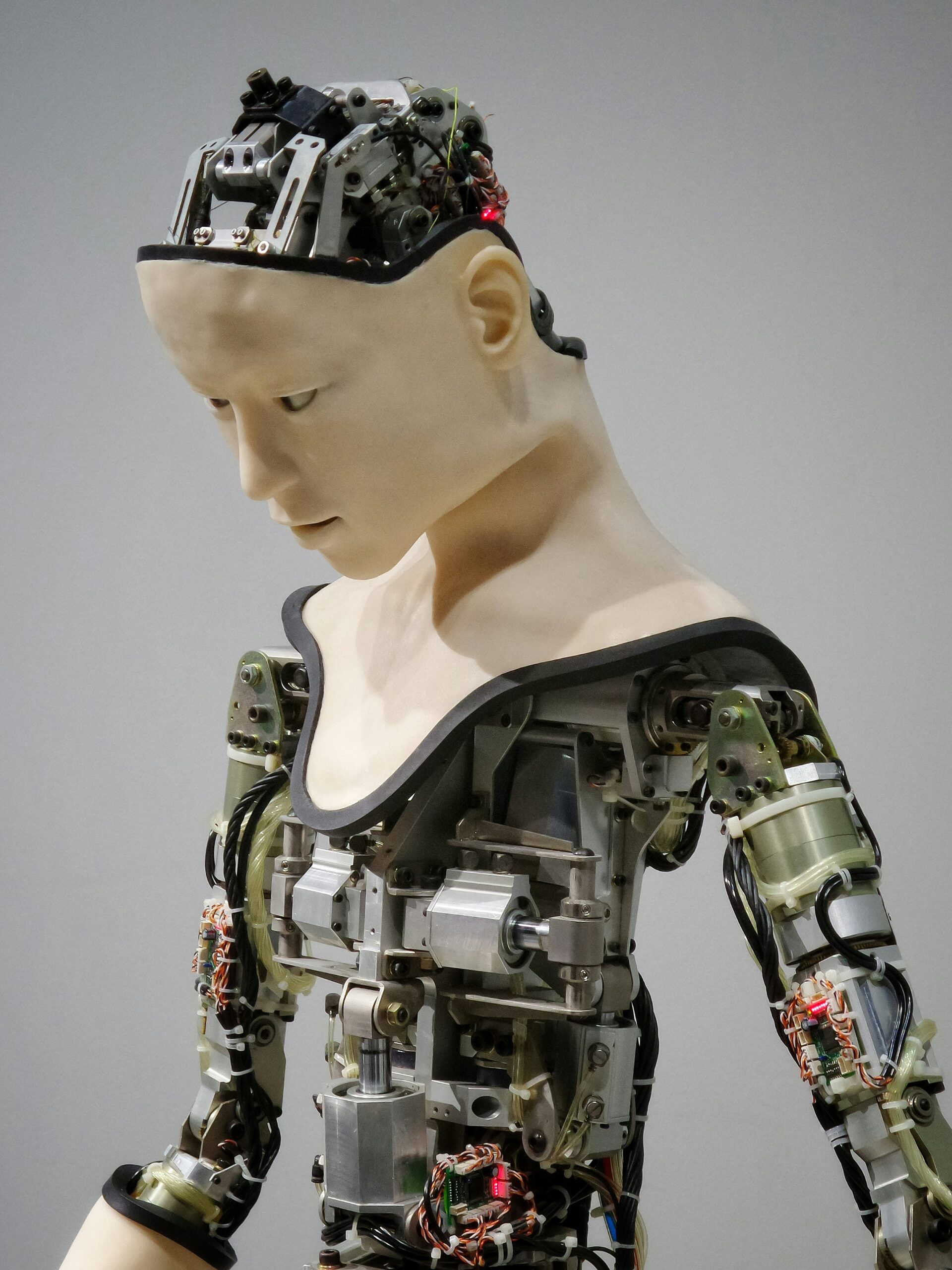Introduction to Machine Learning
Machine learning is rapidly evolving, transforming various industries with its powerful capabilities. In essence, machine learning involves creating algorithms that allow computers to learn and make decisions based on data. This technology is instrumental in offering personalized experiences to users through sophisticated methods like user segmentation and adaptive layouts.
Machine Learning Algorithms
Machine learning algorithms are the backbone of intelligent systems. These algorithms process massive amounts of data to identify patterns and make predictions. There are several types of machine learning algorithms, including supervised, unsupervised, and reinforcement learning. Each type serves different purposes depending on the problem at hand. For instance, supervised learning algorithms are often used for classification tasks, making them ideal for segmenting users into various categories.
User Segmentation
User segmentation is crucial for businesses aiming to deliver personalized content and product recommendations. By leveraging machine learning, businesses can analyze user behavior, preferences, and demographics to create detailed segments. These segments help in understanding the unique needs of different user groups, allowing for more effective marketing strategies and enhanced user experiences.
Adaptive Layouts
Adaptive layouts are another significant application of machine learning. They dynamically adjust the user interface based on individual preferences and behaviors. For example, an online retailer might use machine learning algorithms to rearrange the website’s layout in real-time, showcasing products that a specific user is more likely to purchase. This adaptability not only improves user satisfaction but also drives higher engagement and conversion rates.
Conclusion
Machine learning is indeed a game-changer in many fields, particularly in enhancing user experiences through user segmentation and adaptive layouts. Businesses that harness the power of machine learning algorithms can offer personalized and intuitive experiences, setting them apart in today’s competitive market. As machine learning continues to advance, we can expect even more innovative applications that will reshape how we interact with technology.



DZ_Software